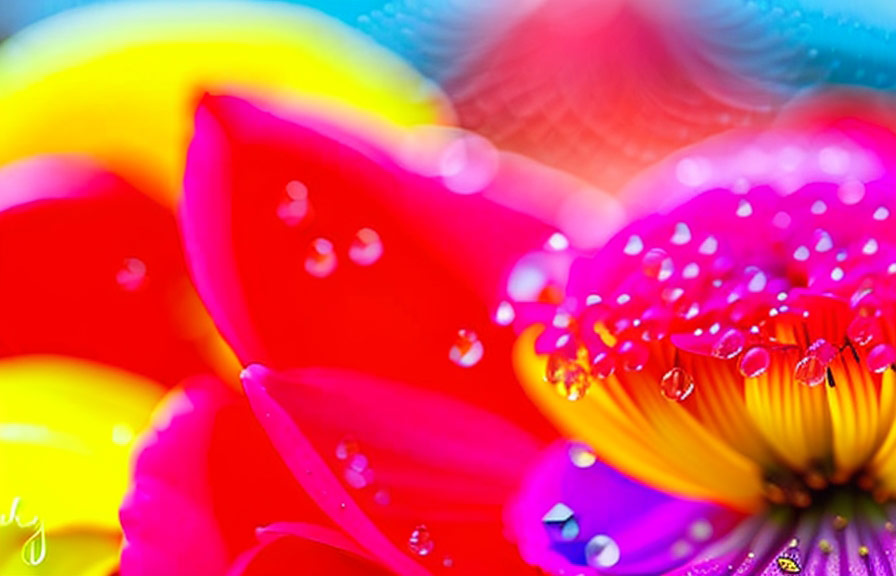Did you know that there are more than 391,000 species of plants on earth? that's right! our beautiful planet is teeming with countless opportunities to capture breathtaking nature photos. but how can you explore the world of nature photography without breaking the bank?
In this blog post, we'll discuss how to choose the right camera for nature photography, the best lenses, and how to find and photograph nature using simple equipment.

Choosing the right camera for nature photography
When it comes to nature photography, the camera you choose can make all the difference. here are a few things to consider when selecting the perfect camera for your needs:
1. Sensor size: a larger sensor captures more light and produces better image quality, especially in low-light situations. full-frame cameras have the largest sensors, but they can be expensive. if you're on a budget, consider an aps-c or micro four thirds camera, which still offer excellent image quality.
2. Megapixels: while more megapixels can result in higher resolution images, they're not the only factor that determines image quality. look for a camera with a good balance of megapixels and sensor size.
3. Weather sealing: nature photography often involves shooting in unpredictable weather conditions. a camera with weather sealing can protect your gear from dust, moisture, and temperature changes.
4. Manual controls: being able to adjust settings like aperture, shutter speed, and iso is crucial for capturing stunning nature photos. choose a camera that offers manual control over these settings.
The best lenses for nature photography
Your lens choice can greatly impact the type of nature photos you can capture. here are a few lenses that are perfect for nature photography:
1. Wide-angle lens (10-24mm): ideal for landscape photography, a wide-angle lens allows you to capture a broader field of view. this is perfect for photographing sweeping vistas or capturing the scale of a scene.
2. Standard zoom lens (24-70mm): a versatile option, a standard zoom lens covers a range of focal lengths that are useful for various types of nature photography, from landscapes to close-ups.
3. Telephoto zoom lens (70-200mm): if you're looking to photograph wildlife, a telephoto zoom lens is a must. it allows you to shoot from a distance, keeping you safe and avoiding disturbing your subjects.
4. Macro lens: a macro lens lets you capture extreme close-ups of small subjects like insects and flowers, revealing intricate details that aren't visible to the naked eye.
How to find and photograph nature
Now that you know what equipment to use, let's discuss how to find and photograph nature:
1. Explore local parks and nature reserves: you don't have to travel far to find beautiful nature scenes. visit your local parks and nature reserves to discover diverse ecosystems and wildlife.
2. Follow the light: the golden hours, just after sunrise and before sunset, are the best times for nature photography. the soft, warm light during these times creates beautiful, dramatic images.
3. Be patient: nature photography requires patience. take your time to observe your surroundings and wait for the perfect moment to capture a stunning shot.
4. Use a tripod: a tripod helps stabilize your camera, allowing you to shoot at slower shutter speeds without camera shake. this is especially useful for capturing sharp images in low-light conditions or when using a telephoto lens.
5. Experiment with different angles and compositions: get creative with your shots by trying different angles, perspectives, and compositions. this can help you capture unique and eye-catching images.
Here's an interesting fact you might not know: some plants, like the "corpse flower" (_amorphophallus titanum_), emit a foul odor that smells like rotting flesh to attract pollinators. thisrare and fascinating plant can provide an excellent subject for nature photography, but be prepared to hold your nose while snapping pictures!
Conclusion
Nature photography is an incredibly rewarding hobby that allows you to explore the beauty of our planet and capture stunning images. by choosing the right camera and lenses, and learning how to find and photograph nature, you can embark on this exciting journey with just a few simple pieces of
Equipment.
Remember, the key to successful nature photography is practice, patience, and perseverance. keep exploring, experimenting, and learning, and you'll be well on your way to capturing breathtaking nature photos that showcase the wonders of the world around us.
So grab your camera, head outdoors, and start discovering the incredible beauty of nature through your lens!
